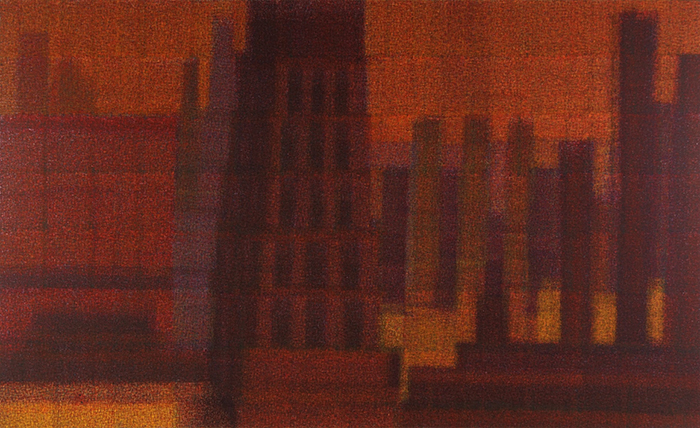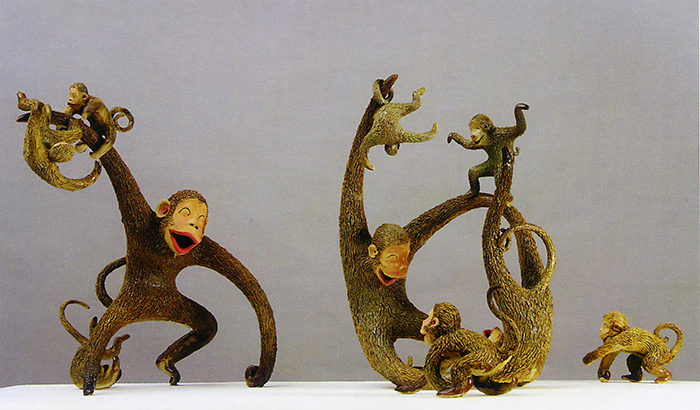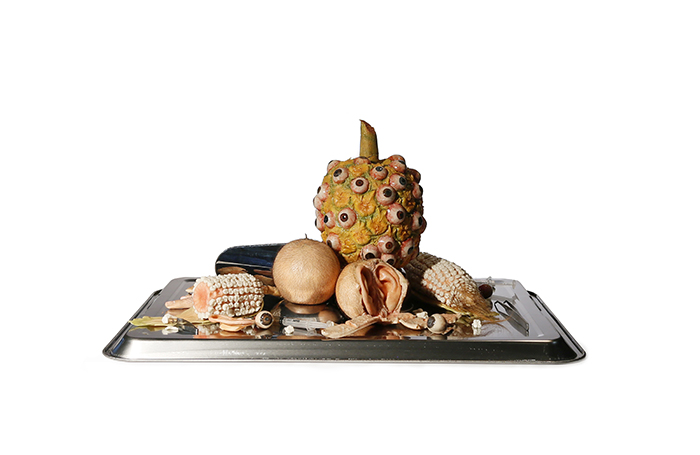
คลังสะสมศิลปกรรมของมหาวิทยาลัยศิลปากร
มหาวิทยาลัยศิลปากรได้สะสมผลงานศิลปกรรมที่เป็นผลงานเหรียญรางวัลจากการประกวดศิลปกรรม
ซึ่งมหาวิทยาลัยเป็นผู้จัด โดยมีหอศิลป์ มหาวิทยาลัยศิลปากรเป็นผู้ดูแลเก็บรักษา ประกอบด้วย
การประกวดศิลปกรรมแห่งชาติ การประกวดศิลปกรรมร่วมสมัยของศิลปินรุ่นเยาว์
การประกวดศิลปะเครื่องปั้นดินเผาแห่งชาติ

คลังสะสมศิลปกรรมของมหาวิทยาลัยศิลปากร
มหาวิทยาลัยศิลปากรได้สะสมผลงานศิลปกรรมที่เป็นผลงานเหรียญรางวัลจากการประกวดศิลปกรรม
ซึ่งมหาวิทยาลัยเป็นผู้จัด โดยมีหอศิลป์ มหาวิทยาลัยศิลปากรเป็นผู้ดูแลเก็บรักษา ประกอบด้วย
การประกวดศิลปกรรมแห่งชาติ การประกวดศิลปกรรมร่วมสมัยของศิลปินรุ่นเยาว์
การประกวดศิลปะเครื่องปั้นดินเผาแห่งชาติ

คลังสะสมศิลปกรรมของมหาวิทยาลัยศิลปากร
มหาวิทยาลัยศิลปากรได้สะสมผลงานศิลปกรรมที่เป็นผลงานเหรียญรางวัลจากการประกวดศิลปกรรม
ซึ่งมหาวิทยาลัยเป็นผู้จัด โดยมีหอศิลป์ มหาวิทยาลัยศิลปากรเป็นผู้ดูแลเก็บรักษา ประกอบด้วย
การประกวดศิลปกรรมแห่งชาติ การประกวดศิลปกรรมร่วมสมัยของศิลปินรุ่นเยาว์
การประกวดศิลปะเครื่องปั้นดินเผาแห่งชาติ
